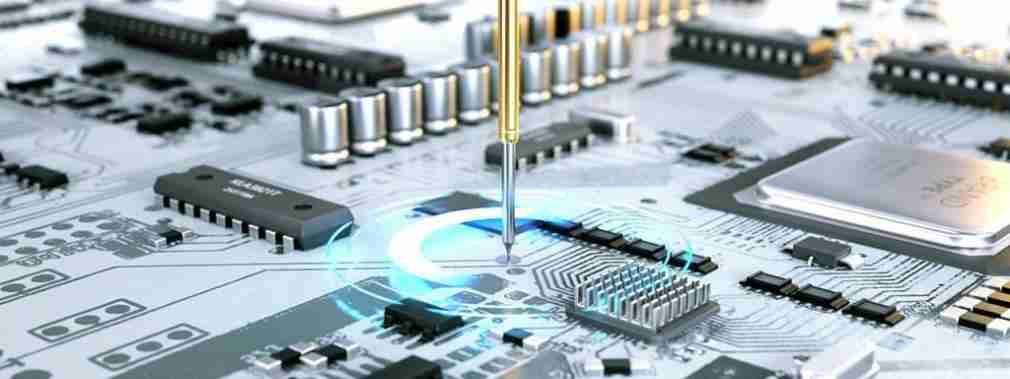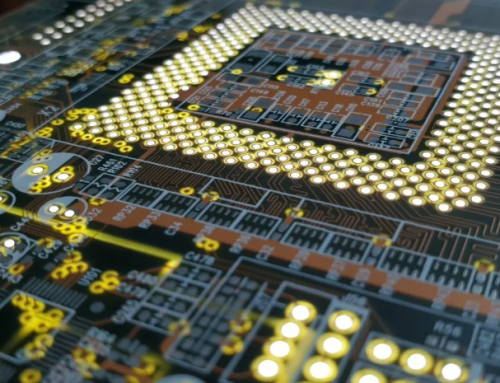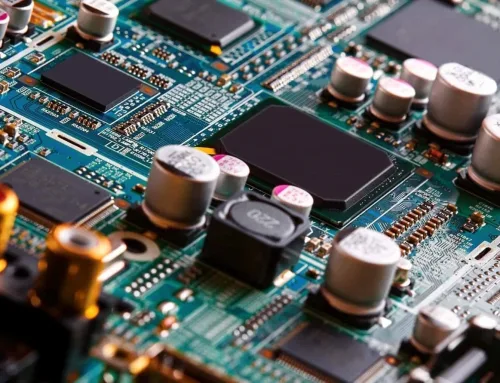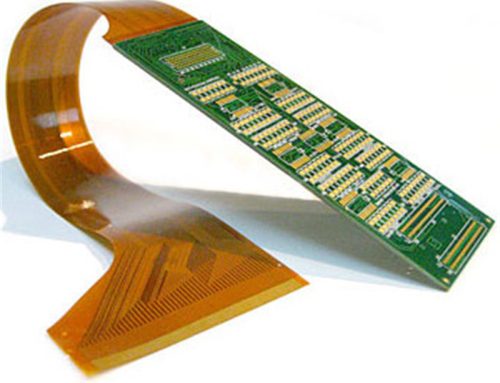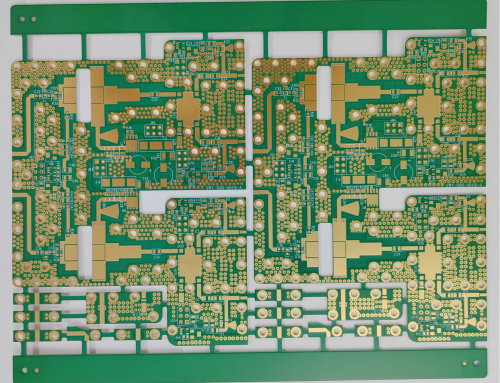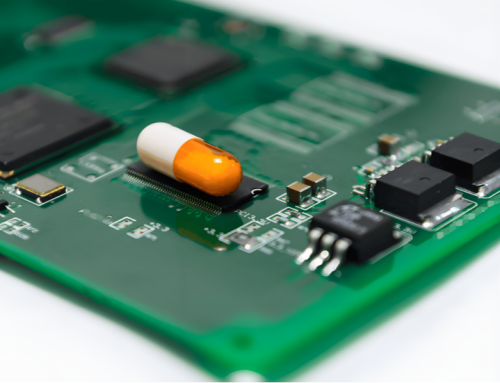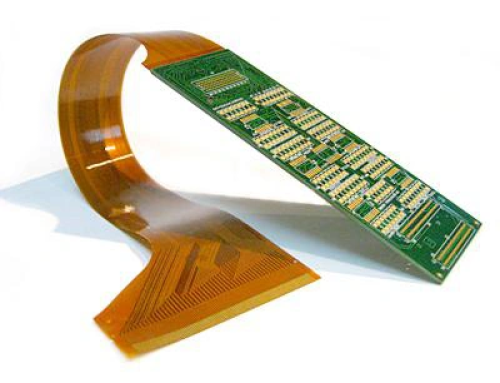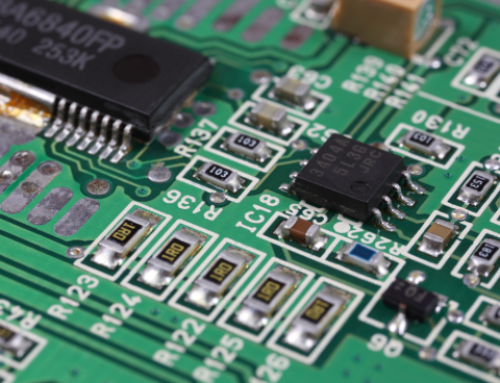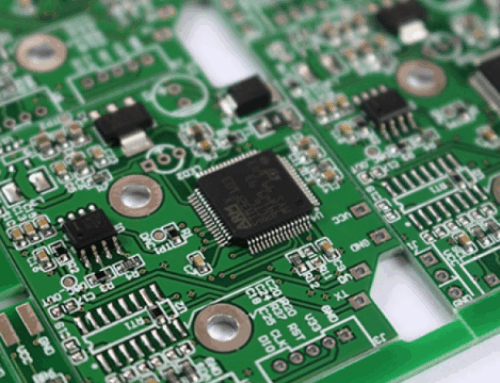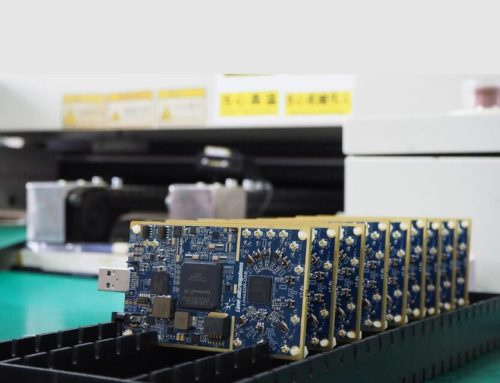What Is the Automatic Test Equipment (ATE) in PCBA Testing
Table of Conent
Table of Conent
Modern electronics manufacturing owes a significant debt to the advancements in Automatic Test Equipment (ATE), which plays a pivotal role in ensuring the quality and efficiency of Printed Circuit Board Assemblies (PCBA). By integrating ATE into the manufacturing process, companies can verify both the functionality and integrity of PCBAs prior to shipping, thereby guaranteeing that only premium products reach the market. This article will delve into the benefits and underlying technology of ATE, as well as its ability to streamline production, minimize defects, and maximize the reliability of circuit board assembly. Additionally, these devices can also be utilized to test semiconductors.
The systems are computer controlled and perform a variety of tests on electronic devices including PCBAs to ensure that they meet the performance standards. Electronic devices, including PCBAs, undergo rigorous testing using computer-controlled systems to guarantee they meet performance requirements.
The Automated Test Equipment (ATE) system is widely used in industries such as consumer electronics, automotive the context of PCBA testing, ATE is capable of conducting various diagnostic evaluations, including functional verification, in-circuit testing, and boundary scan analysis. However, the specific testing method depends on the PCB in question. The assembly requirements necessitate the utilization of the aforementioned tests during the initial stages of production, as they serve to significantly reduce the probability of defects in the final product, whilst simultaneously enhancing the efficiency of the production process.
The deployment of ATE during PCBA testing is intended to guarantee comprehensive examination of each circuit board component or PCB component, irrespective of any potential defects, including short circuits, open circuits, incorrect component placement and performance issues. It is considered the most important phase of the production cycle as minor defects or faults can lead to high failure rates.
The Primary Purpose of ATE for PCBA Testing
The primary purpose of ATE is to automate electronic circuit testing. Introduction of ATE for PCBA Testing Prior to the introduction of automated testing, manual PCBA testing was a standard practice. It was also time-consuming, and human error was a possibility, which made it difficult to handle the increasing complexity of circuit boards. The use of automated testing equipment for PCBA testing has fundamentally changed the way PCBA tests are conducted. It offers faster, more accurate, and error-free testing methods. Specialized machines, known as automated testing equipment, are utilized to evaluate printed circuit board (PCB) assemblies in five primary ways.
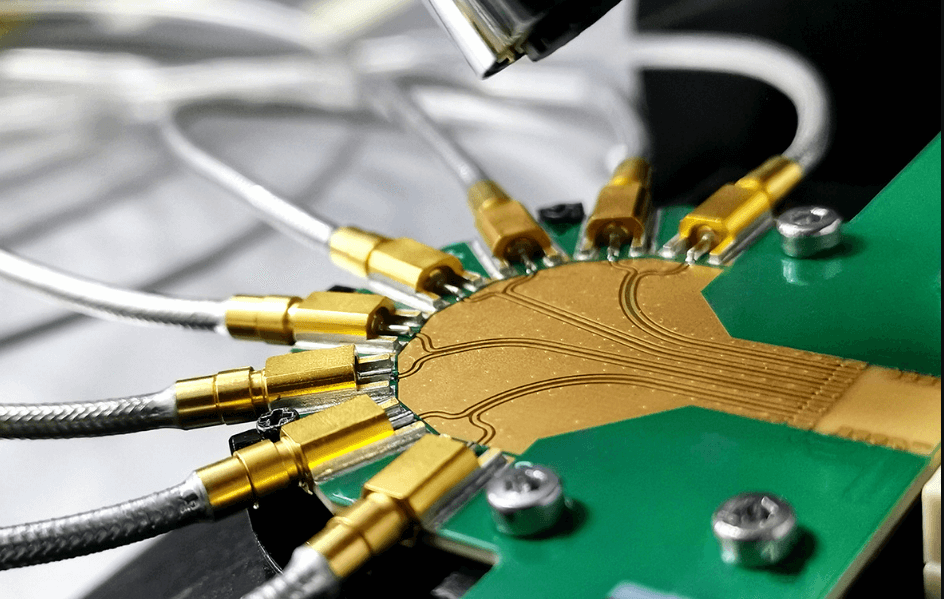
• One method, called in-circuit testing, checks that each component on the PCB is working correctly. In-circuit Test can detect potential problems in the assembly process such as incorrect values and short circuits. AATE testing utilizes a probe to make direct contact with the test points on the PCB, enabling the separate testing of individual components.
• The focus of the ATE test is on individual components, whereas the objective of the functional test is to ensure that the PCB assembly operates correctly. The ATE test system emulates both input and output functions, and it is intended for evaluating power usage and performance attributes. This is done to guarantee that the PCB assembly/printed circuit board meets the specified standards.
• BST, Test of Boundary Scan, tests the connections between integrated circuits (ICs) on the PCB using a technique known as boundary scan. Without the need for actual test probes, it is especially helpful for identifying soldering problems and confirming signal routes.
• Additionally, Automated Optical Inspection (AOI) uses high-resolution cameras to visually inspect PCBAs for defects such as missing components, poor soldering, and misplaced parts.
• X-ray inspection is also utilized to examine hidden solder joints, including BGA, providing a non-invasive method to inspect internal component structures and solder connections.
The Advantages of ATE in PCB Assembly Testing
The utilization of ATE in PCB assembly testing offers a multitude of benefits that enhance the quality of the final product. The following are some of the advantages of ATE in printed circuit board assembly testing:
The elimination of human error and the provision of efficient and uniform results are two key benefits.
Automated testing is superior to manual methods. Test time for printed circuit boards can be reduced and more defects can be identified. Even if you have to test hundreds or thousands of boards, it is important to do so.
The initial investment is high, but it will pay off over time. Automated testing reduces costs and the number of defects that must be corrected. Test all PCB assemblies for possible defects. ATE systems can handle a variety of PCB designs from simple one-layer boards to complicated multilayer boards. In the semiconductor industry ATE systems are used to test integrated circuits and components before they are mounted on printed circuit boards (PCB). These products are perfect for industries that demand reliability, like consumer electronics and aerospace. These instruments can also be used to evaluate semiconductors.
In the semiconductor industry ATE systems are used to test integrated circuits and components before they are mounted on printed circuit boards. Using ATE is crucial for the installation of ICs, and other components onto PCBs. It is important to test the components’ functionality and performance before installing them on a PCB. Find automated test equipment (ATE). in use.
It is used for different stages of manufacturing, from testing PCBs to final inspections on assembled Cesate systems are compatible with other inspection and testing techniques such as X-ray, automated optical inspection and functional test fixtures.
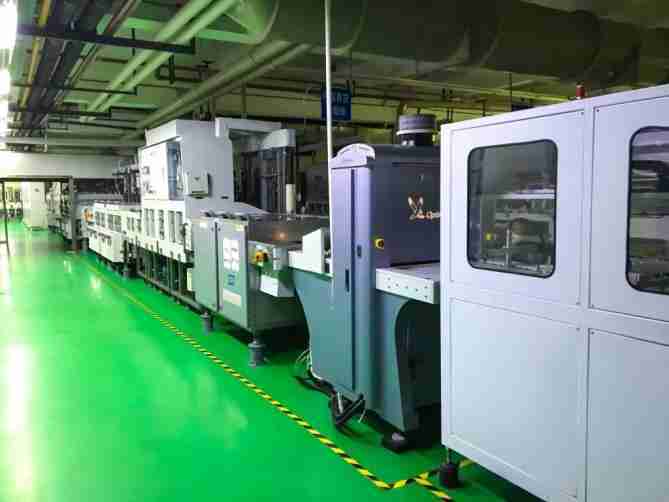
Interface De Test Electronique in ATE Systems
The interface de test electronique represents a significant component of the ATE testing system. It is also known as an electronic test interface. This can be conceptualized in terms of a communication channel connecting the ATE system with the PCB components that are being tested. The interface allows for the transfer of signals from the ATE to the PCB. The system can then perform a wide range of tests on components.
It is critical that the PCB and test probes communicate reliably. A failure to establish such a contact could lead to inaccurate or missed test results which may result in a decrease in the final product’s quality.
Test Interface Components
• Test Probe
• Test Fixture
• Signal Pathway
• Connectivity Mechanism
• The test probe must make precise contact with the PCB component’s test point to ensure accurate data transmission.
• The test fixture secures the circuit board firmly in place, thus ensuring that the test probe is connected to the correct point.
• It is imperative that the interface guarantees a stable and uninterrupted signal path between the ATE system and the PCB. This necessitates the avoidance of noise and signal attenuation in the design.
• Connectivity Mechanism: The interface may employ either automatic or manual methods, contingent upon the intricacy of the testing process.
Case Study of ATE in High Reliability PCB Manufacturing
The purpose of this case study is to demonstrate the value of ATE in PCB assembly testing. To illustrate, consider a company that manufactures aerospace circuit boards. The reliability of their products is of paramount importance, and the expectations regarding performance and reliability are so high that circuit board failures can have disastrous consequences. The ATE system is employed for testing the circuit boards, evaluating the occurrence of open circuits, short circuits, component faults, and weld integrity. Furthermore, the system carries out a set of operational tests in simulated conditions to verify that the PCB will function correctly when installed in the aircraft.
This reveals that the company plans to use the ATE system, known for its top-notch quality, minimal defects, and strict compliance with aerospace industry standards.
16 Key Considerations When Choosing an ATE
When considering ATE, it is critical to define your goals, establish a realistic budget, and evaluate a variety of factors. Speed, coverage, scalability, flexibility, dependability, compliance, cost of ownership, usability, test interface quality, security features, and prototyping, research, and development support are among these considerations.
• Identify important functions and features for testing, including power consumption, voltage levels, digital logic, analog signals, and communication interfaces.
• Create a realistic budget that covers initial purchase, ongoing expenses, maintenance, and prospective improvements.
• Evaluate the test coverage required to fully inspect the device. Full coverage is critical to identify defects and ensure product quality.
• Determine your expected test volume and product mix
• Predict future test volume growth. Avoid replacing or upgrading equipment in the future by choosing an ATE system that is scalable.
• Using a flexible test tool allows for easy adaptation to changing test scenarios and programs, eliminating the need for frequent equipment changes.
• Long-uptime ATE systems prevent disruptions to production schedules and lower test expenses.
• Ensure the tester seamlessly interfaces with your existing equipment and software, like as MES or data analysis tools.
• How much space is available for testers on your manufacturing floor or in your lab? Are there any restrictions at the entrance that might prevent moving testers into that space?
• The ability to save test data and send it to the cloud for quality control and analysis to help make decisions and improve processes.
• Having simple access to replacement components and fast customer support can reduce expenses and downtime.
• Ensure the tester satisfies industry-specific compliance standards and has the necessary certifications.
• Consider the total cost, including the initial investment, maintenance and calibration, upgrades that may be possible, labor savings, warranty returns, and potential upgrades.
• The user interface of the system should be intuitive to minimize user input errors and shorten user learning curves.
• Ensure the ATE has safety safeguards to protect equipment and personnel during testing operations.
• If testing is required during the prototype or R&D phases, ensure that testers are available to support these phases.
Conclusion
In conclusion, the utilization of ATE for the testing of PCBA ensures the quality and reliability of modern electronic devices. ATE offers many advantages in terms of product quality, such as a faster testing process. Automation of the testing process by using ATE leads to a reduction in defects, a decrease in production costs and an overall improvement in product quality.
ATE is used in both PCB assembly and semiconductor testing. The role of ATE to ensure reliability is becoming increasingly important as technology progresses and PCB complexity grows. For additional information, please see the ELE Contact page. Our skilled staff can help you create ideal PCB boards and walk you through the ATE testing procedure.
Common Questions
Q1: Why is ATE and ATE testing important?
ATE is a type of software that is used to test whether a computer-controlled program can withstand a specific current or voltage ratio. This is important for PCBA because it allows for quick testing and verification of the circuit board, which in turn allows for the production of high-quality products.
Q2: What types of ATE tests can be conducted?
ATE is capable of executing a variety of test programs, particularly functional tests and online tests.
Individual components are examined during online testing to detect short circuits, open circuits, and inaccurate component values. In contrast, functional testing is a program that allows test personnel to assess the overall functionality of the printed circuit board (PCB) to ensure compliance with industry standards and specifications.
Q3: What are the benefits of ATE testing in the printed circuit board industry?
ATE testing is an industry-wide procedure for evaluating circuit boards. It provides a wide range of advantages, including:
• Reliability and accuracy
• Cost effectiveness and time
• Test coverage and scalability
Latest Blog
Contact Info
Phone: +86-755-82882936
Email: [email protected]
WhatsApp: +86-13570802455
Wechat: +86-13570802455
Address: 2nd floor,D Bldg.,Electric Link Technology Bldg.,Gongming,Guangming New Dist.,518106 Shenzhen, China

